RAMBUTAN
Specification java rambutan:
Size: 3-4 cm. 28-32 fruit / kg
Sweet
PH: 3.8 – 4.2
Color: Red shell, white intestine.
Place of Origin: Vietnam
Packing: 3kg – 5kg / carton and 10-14kg / carton or as your request
Certification: HACCP,ISO ,FDA, Phytosantary, C/O
Use: EDIBLE FOOD
Place of Origin: Vietnam
Packing : PE/PP bag 25-50KG/bag net weight per carton, 18 MTS in container 40″ or according to Customer’s requiremen
Vietnamese rambutan has three main varieties: Java rambutan, rambutan and rambutan. It is grown in the southwestern and southern central provinces of Vietnam with an area of about 50,200 hectares, approximately 300 thousand tons. Dong Nai is the region with the largest concentration of rambutan, followed by Ben Tre and Vinh Long provinces.
Benefits from rambutan:
Java rambutan: includes short and tough spines. Short spikes are more commonly grown because of slow to withering, red, sweet, fragrant, succulent, peeled. Long spiny types are red, slightly narrower, poor quality. The fruit weighs about 30-40g.
Thai rambutan: The fruit is very large, when the color is dark red, very sweet, crispy and crunchy, but the fruit is easily squeezed.
Rambutan: Labiaceous fruit, round fruits, smaller in size than other varieties, with longitudinal sides extending from the top of the fruit to the bottom of the fruit like the two sides; The hulls are thick, hard, short when ripe, greenish yellow or red; Thick meat
Many countries are very sweet, peel. Fruity, weighs about 15-20g.
White-tailed rambutans: small round fruits, when ripe yellow to light, flesh thin, not peeled, sweet, sour taste, unstable taste. Do not plant this group on an industrial scale.
Rambutan is a fruit tree that can be eaten fresh or canned in many forms, for export.
Fruits of rambutan are rich in vitamin C, which promotes the growth of tissues, strengthens the immune system, and lowers “bad” cholesterol (LDL cholesterol), preventing cardiovascular disease, fatigue, analgesia. About the gums. Rambutan contains a lot of fiber that helps the body to easily remove waste, prevent appendicitis, kidney stones, colon cancer and cancer.
Please contact us:
- Email: contact@tppglobal.vn
- Whatsapp – Tel: +084.869.881.869
Be the first to review “RAMBUTAN” Cancel reply
Related products
Fruits
Fruits
Fruits
Fruits
Fruits
Fruits

 Tiếng Việt
Tiếng Việt
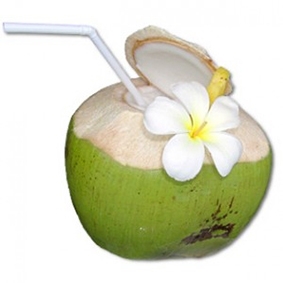
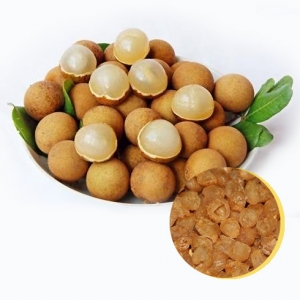
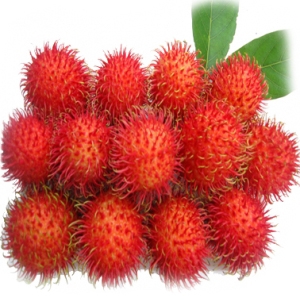
































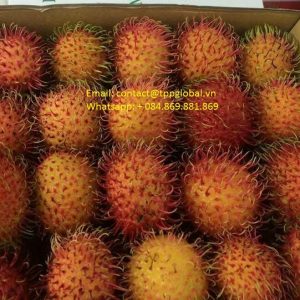
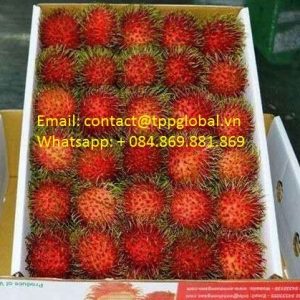
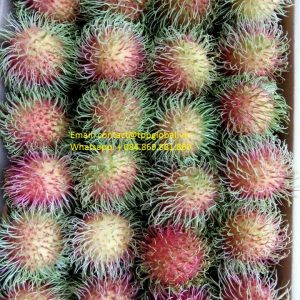
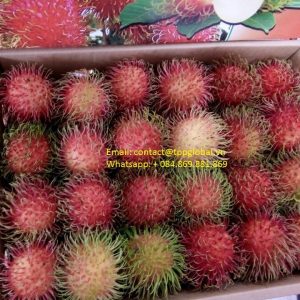
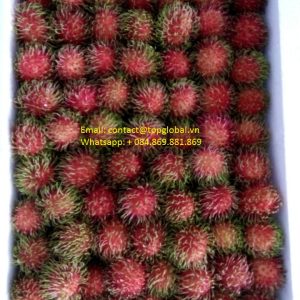
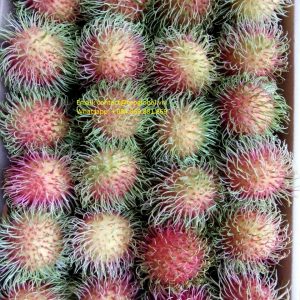
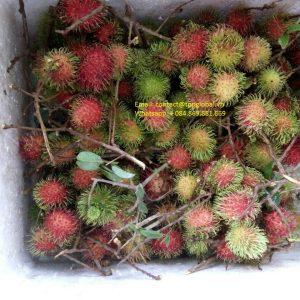
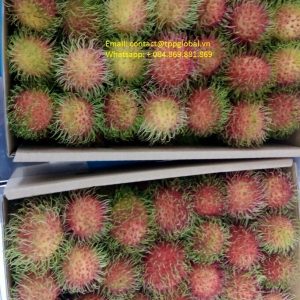
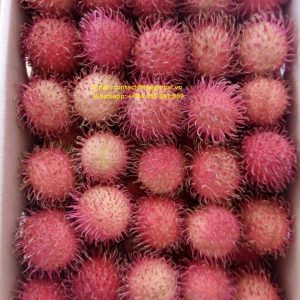
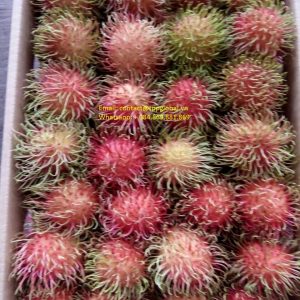
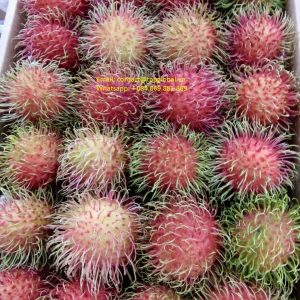
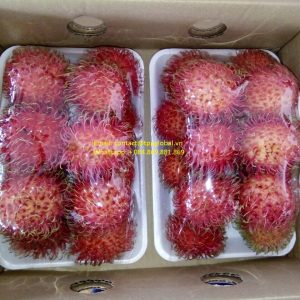
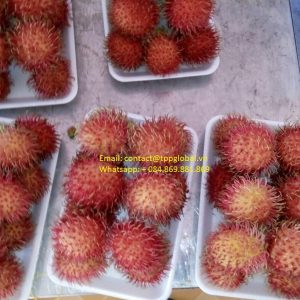
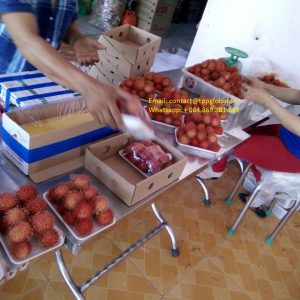


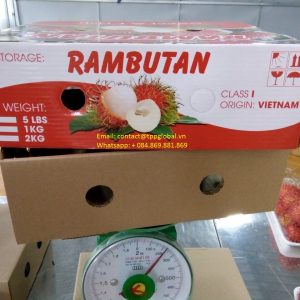
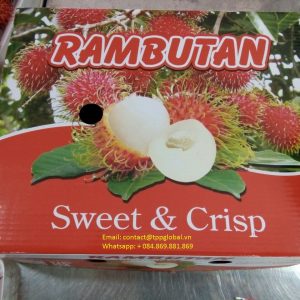

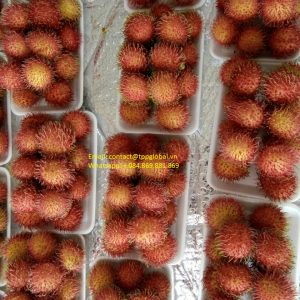
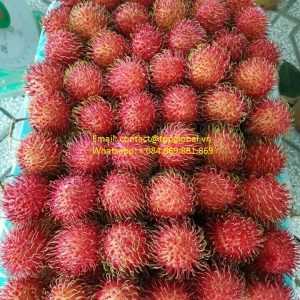
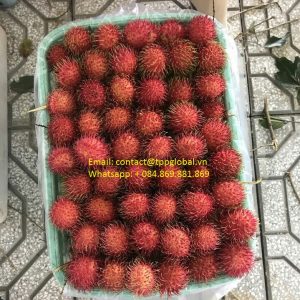
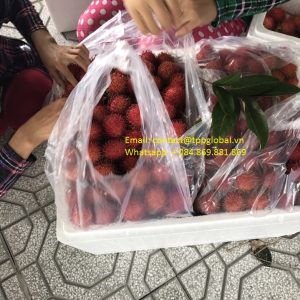
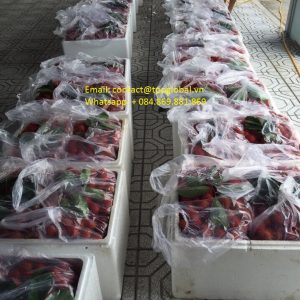
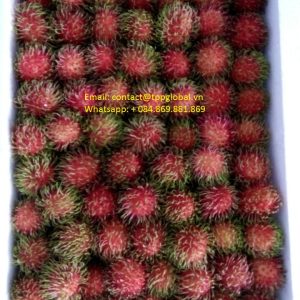
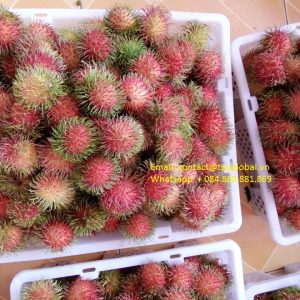
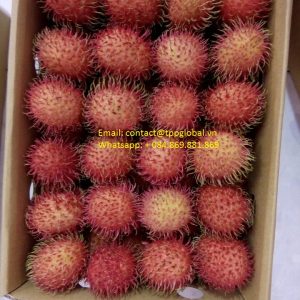
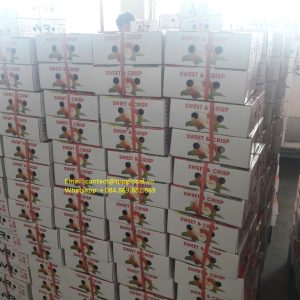
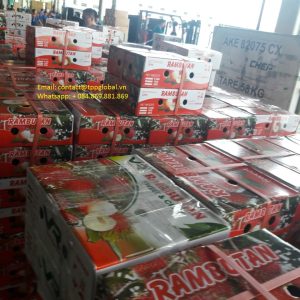
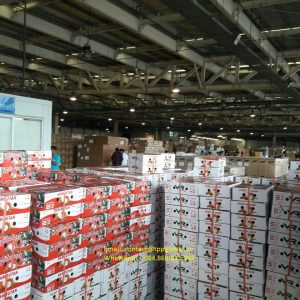
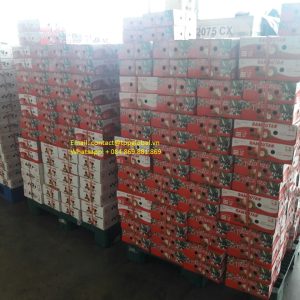
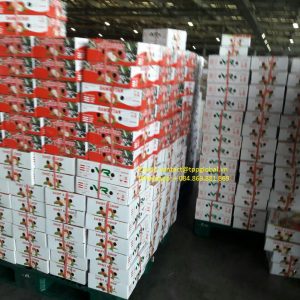
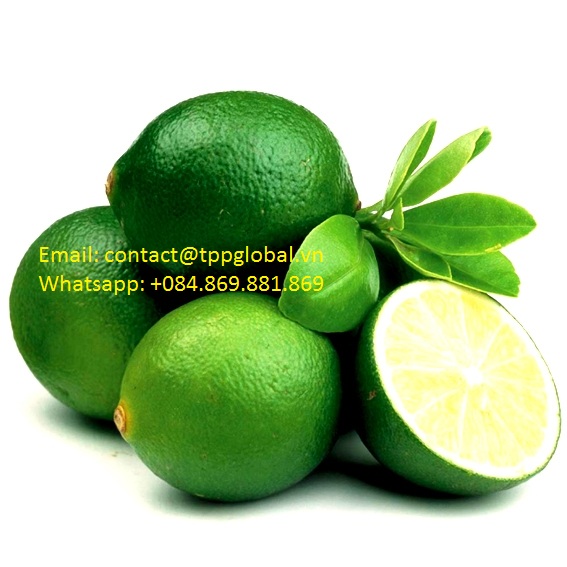
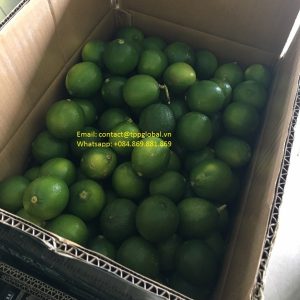
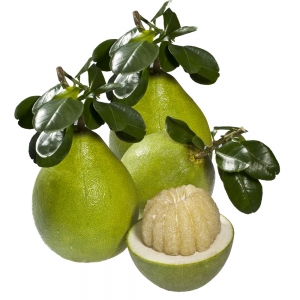
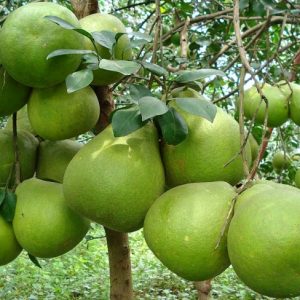
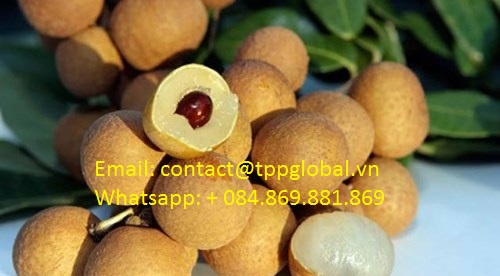




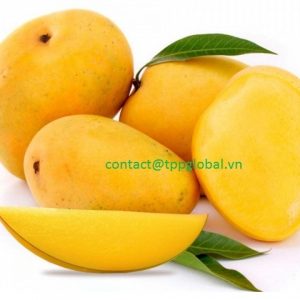
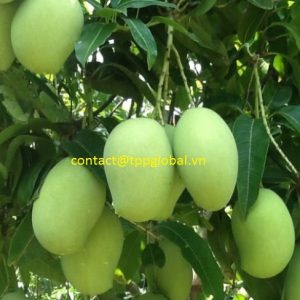
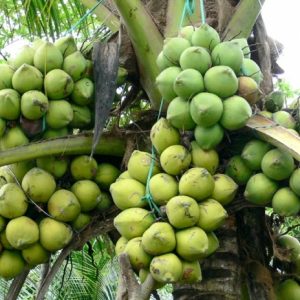
Reviews
There are no reviews yet.